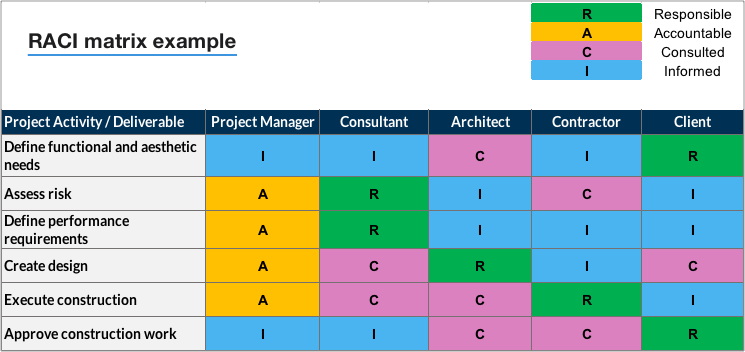How to Improve Project Communication Management Across the Project Lifecycle
If you spam the executive sponsor of your project with emails coordinating time off for your business analyst, she won’t be happy. But if you fail to keep this info transparent and it impacts the timeline, she also won’t be happy.
To set you up for success, create a project communication management plan. And don’t worry, this isn’t some boring article outlining how to write a 10-page communication policy. This is just solid advice from a fellow project management professional.
What is project communication management?
Project communication management refers to your plan for handling all the elements that make up project communication—the status reports, your project management software, emails, team meetings, and meeting notes. Each has a separate function, and together they support the success of the project from ideation to implementation.
In this article, we’ll follow the Project Management Institute’s (PMI) basic project lifecycle phases and discuss the communication needs and best practices during each. Of course, in real life the phases tend to not be so clear cut, but the actual communication actions will be applicable no matter how messy the project gets.
Project phase 1: Initiation
This is a huge, critical project phase, and we won’t be getting into the process here. Instead, we’re going to focus on what your project communication plan should look like.* Your project plan should state the basics of the communication plan by outlining how critical decisions will be documented and define the project team and their roles.
I highly recommend creating a “responsible, accountable, consult, and inform” (RACI) chart. This is a core piece of the project communication plan and will inform the communication structure throughout the project. It should be referenced when setting the attendee lists for meetings and deciding who should receive which type of email updates.

Example of a RACI chart for a construction project (Source)
PRO TIP: Share the approved RACI chart prior to and in the project kick-off meeting. Everyone will likely know their role in the project based on their job function, but you still don’t want to surprise the construction architect by asking him to also define the performance requirements.
*Government contract projects and the like will have templated and detailed communication plans. So please don’t take my advice as the end-all-be-all for communication management to your boss at the Pentagon. That’ll be an, um, interesting day in the office for you.
Project phase 2: Planning
This phase includes activities such as sending out the calendar invites for recurring meetings. And now I’ve said it: meetings. Dreaded meetings. But hopefully the tips in this piece will help make them productive.
Meetings with weak communication can waste everyone’s time. The details—such as appropriate attendees, their role in the meeting, and the meeting objective—must be clearly stated in the meeting invitation.
PRO TIP: Kick off team meetings by sharing recognition across the team for the little wins. Encourage the team to say a quick thanks to anyone else who helped them out that week. This helps team culture and usually works to get everyone to show up on time—nobody wants to miss out on hearing a shoutout to themselves.
Project phases 3 and 4: Execution and Monitoring
Here’s where you’ll be spending a great deal of time communicating with the core project team on a daily or weekly cadence. Keep meetings short by categorizing each as either a brainstorm/workshop session, decision time, or giving updates. Don’t mix meeting categories. Ever. Seriously. It’s the fastest way to meeting burnout and frustration.
Other critical types of communication in this phase are the project status reports, steering committee meetings, meeting notes, and quick follow ups with key stakeholders. Each should adhere to the plan outlined in the initiation and planning phases. Consistency in cadence, purpose of the communication, and recipients is key across the entire project lifecycle.
PRO TIP: Before moving into development, do a gut check of the RACI chart to ensure the right people are involved at the best times. It’s helpful to send out the RACI chart along with the project timeline to the technical and functional teams again at this time.
Project phase 5: Closing
This last phase is filled with project close activities for the project manager. From recording lessons learned to facilitating a post-mortem, your days will be filled with documentation and conversations.
But this is also the time to celebrate! Hopefully you were given budget to show the team some appreciation for their dedication and hard work. Don’t overlook or let anyone bulldoze over this important event. It’s crucial for company culture and sets the tone for the team to be excited to start on the next project.
PRO TIP: Schedule time to do housekeeping on the documentation from the entire project. Don’t underestimate the value of the documentation even years later. In my personal experience, I was grateful I did this when a new executive joined the company and wanted to review a previous project’s business case and budget from two years earlier.
Ready for new project management software?
We’ve got software experts ready to chat with you about your business needs and help you find the project management software that’ll best suit you. No sales pitch, just unbiased advice so you can make an informed decision. Give them a call at 855-998-8505.
Or, check out the best Yelp!-style collection of user reviews for project management software here.